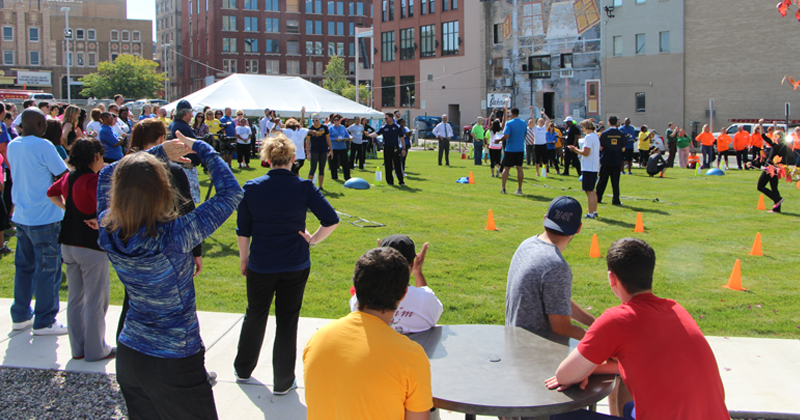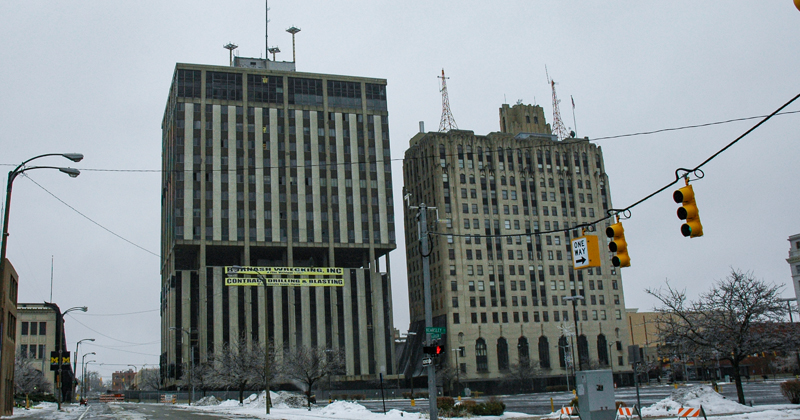
Our complex relationship with land is a defining characteristic of our American society. In the not-so-distant past it was viewed virtually unfathomable that the value of land would ever decrease significantly, but that has indeed happened on a wide scale. When the private market concluded that a piece of land had no value, we did not have a solution for how to protect the communities that are impacted.

Land banking represented an opportunity to catch neglected properties and prevent the downward spiral of vacancy, abandonment and deterioration that engulfs communities. In response, states throughout the country passed enabling legislation that allowed land banks to become active in the tax-foreclosure process to acquire properties before they fell into complete disrepair and provide interventions.
But somewhere along the way the expectation grew that land banks could be miracle workers. That is, land banks could take undesirable properties in those same market conditions with little resources and immediately turn them around.
Local readers are probably most familiar with the Genesee County Land Bank Authority in Flint. But there are over 200 land banks throughout the country that have various combinations of powers, authority and access to properties. The National Land Bank Network was created at the Center for Community Progress in 2020 to serve land banks through networking, technical assistance and attracting resources.
Many land bank leaders throughout the country wear multiple hats. A survey found that at least 40 percent of land banks nationwide have one full-time equivalent or less for their full staff. While 60 percent stated their revenues cannot sustain their primary functions. The resources are not present to adequately address these properties … yet.
The recently passed $1.9 trillion American Rescue Plan Act includes a $360 billion pool of funds for over 19,000 municipalities. These resources represent an opportunity for communities to think big, and that should include solutions for foreclosure, vacancy and abandonment.

Now is the time for organizations to think about how we are going to create the communities that we want to live in. Identifying the key steps to take to remove blight that is inhibiting investment and development, while also keeping families in homes to prevent future vacancy. This is the moment for public, private, philanthropic and nonprofit sectors to come together and create the future communities that we want to reside in. The decisions we make right now will shape the communities that future generations inherit.
These vast resources can best combat the negative impacts of COVID by stimulating a sustainable recovery for communities and the individuals who inhabit them. Everyone has a part to play, whatever your industry, whatever your sector. Now is the time to build a better community.
Let us all contribute to these conversations, so that we are offering solutions that our leaders can buy into and can invest in. I ask that you envision the community you want, dream big and let us go out and build it together.
